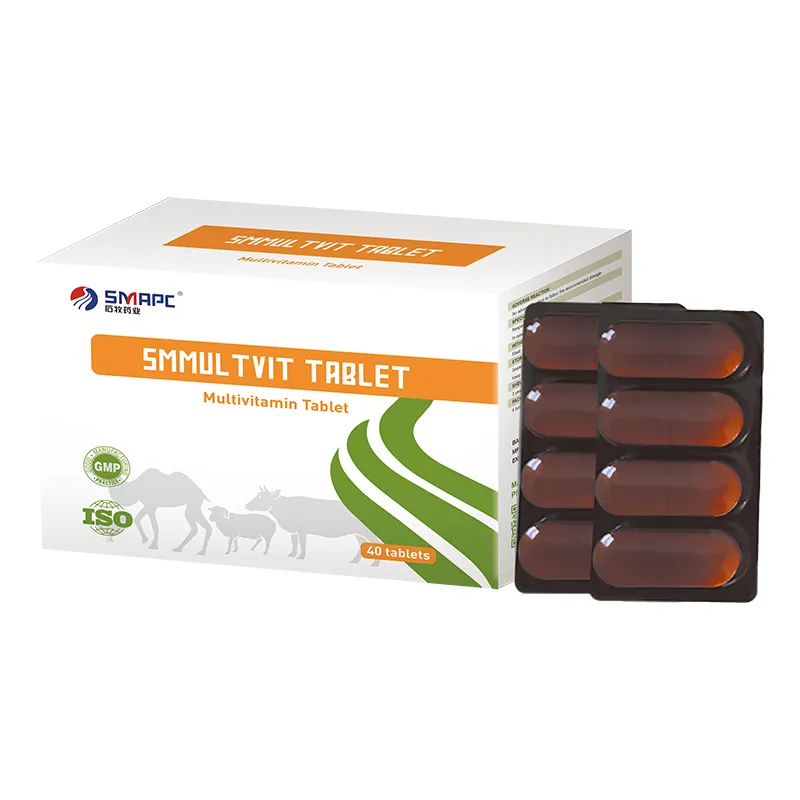When bloat is identified early, several treatment options exist. The most immediate response is to relieve the pressure in the rumen. Veterinary practitioners may employ several methods to achieve this





